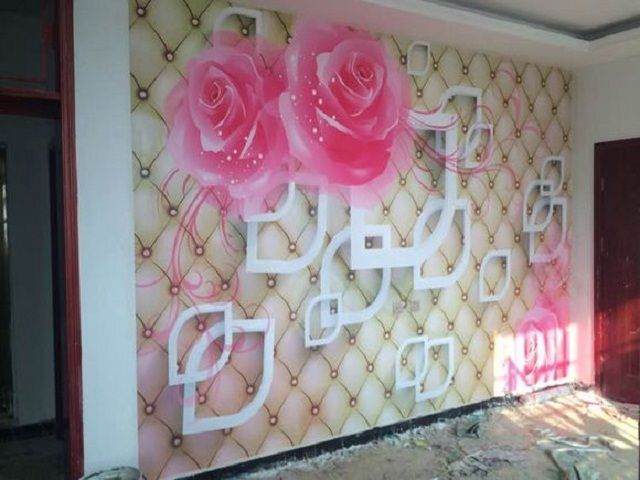Can you wet sand lacquer?
I'll answer
Earn 20 gold coins for an accepted answer.20
Earn 20 gold coins for an accepted answer.
40more
40more
Julian Lopez
Works at the International Telecommunication Union, Lives in Geneva, Switzerland.
Certainly! I'm an expert in automotive finishing and refinishing, and I'm here to help you with your question about wet sanding lacquer.
When it comes to wet sanding lacquer, it's important to understand that lacquer is a fast-drying finish that can be quite sensitive to the wet sanding process. Wet sanding is a technique used to smooth out the surface of a painted or coated object by sanding it while it's wet with water or a water-based solution. This method helps to remove imperfections and achieve a high-gloss finish.
Here's a step-by-step guide on how to wet sand lacquer:
1. Prepare the surface by cleaning it thoroughly to remove any dust or debris.
2. Choose the right grit of sandpaper. For lacquer, you'll typically start with a higher grit (around 1000 to 1500) and work your way down to a finer grit (600 to 800) for final polishing.
3. Wet the sandpaper and the surface of the lacquer with water. This will help to reduce friction and prevent the sandpaper from clogging.
4. Sand in the direction of the wood grain if applicable, or in a consistent direction for a uniform finish. Apply gentle, even pressure, and keep the sandpaper wet throughout the process.
5. Inspect the surface after sanding. If you see any scratches or imperfections, continue sanding with a finer grit until they are gone.
6. Clean the surface again to remove any sanding residue.
7.
Polish the surface with a clean, soft cloth and a high-quality automotive polish to restore the shine and depth of the lacquer.
Remember, wet sanding lacquer can be risky because it can remove the finish more quickly than with other types of paint, so it's crucial to be gentle and patient.
When it comes to wet sanding lacquer, it's important to understand that lacquer is a fast-drying finish that can be quite sensitive to the wet sanding process. Wet sanding is a technique used to smooth out the surface of a painted or coated object by sanding it while it's wet with water or a water-based solution. This method helps to remove imperfections and achieve a high-gloss finish.
Here's a step-by-step guide on how to wet sand lacquer:
1. Prepare the surface by cleaning it thoroughly to remove any dust or debris.
2. Choose the right grit of sandpaper. For lacquer, you'll typically start with a higher grit (around 1000 to 1500) and work your way down to a finer grit (600 to 800) for final polishing.
3. Wet the sandpaper and the surface of the lacquer with water. This will help to reduce friction and prevent the sandpaper from clogging.
4. Sand in the direction of the wood grain if applicable, or in a consistent direction for a uniform finish. Apply gentle, even pressure, and keep the sandpaper wet throughout the process.
5. Inspect the surface after sanding. If you see any scratches or imperfections, continue sanding with a finer grit until they are gone.
6. Clean the surface again to remove any sanding residue.
7.
Polish the surface with a clean, soft cloth and a high-quality automotive polish to restore the shine and depth of the lacquer.
Remember, wet sanding lacquer can be risky because it can remove the finish more quickly than with other types of paint, so it's crucial to be gentle and patient.
reply(1)
Helpful(1122)
Helpful
Helpful(2)
Works at the International Organization for Migration, Lives in Geneva, Switzerland.
Once the final lacquer coats have cured, most finishers begin wet-sanding with fine-grit finishing papers. You want to remove the "orange peel" texture before buffing (see picture). 2. If you dry sand, you ruin your fine finishing paper in 10 seconds.
2023-04-12 08:04:15
Zoe Gonzalez
QuesHub.com delivers expert answers and knowledge to you.
Once the final lacquer coats have cured, most finishers begin wet-sanding with fine-grit finishing papers. You want to remove the "orange peel" texture before buffing (see picture). 2. If you dry sand, you ruin your fine finishing paper in 10 seconds.




